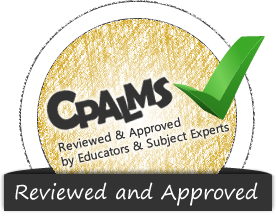Please sign in to access this resource
Click here to sign in
as a FL public educator Student
Access the resource on
FloridaStudents.org
Not a Florida public school educator?
Access this resourceon CPALMS.com
General Information
Aligned Standards
This vetted resource aligns to concepts or skills in these benchmarks.Related Videos

Just about anything can be data, including how you interact with social media apps!
Download the CPALMS Perspectives video student note taking guide.

Some places on Earth can be quite remote, like the depths of the ocean. Get there with technology.
Download the CPALMS Perspectives video student note taking guide.

What does bird photography have to do with Mars exploration? Bird photographers employ lots of specialized technology to capture the right moment!
Produced with funding from the Florida Division of Cultural Affairs.
Download the CPALMS Perspectives video student note taking guide.

Students will be over the moon when they get to model lunar phases with cookies!
Download the CPALMS Perspectives video student note taking guide.

What is compact, packed with sensors, and can be built by students? A satellite that will be launched on a rocket. Check out this pilot program.
Download the CPALMS Perspectives video student note taking guide.

Ken Blackburn, an aerospace engineer for the United States Air Force, describes the relationship between wing shape and flight performance.

Ken Blackburn, an aerospace engineer for the United States Air Force, describes the design and testing process for developing advanced flight hardware.
Download the CPALMS Perspectives video student note taking guide.

Air Force Test Pilot discusses the need for systematic testing and collection of data for new flight technologies.
Dr. Mahmood Shivji describes a website devoted to displaying shark migration pattern data gathered using satellite tags.
Thumbnail courtesy of
Download the CPALMS Perspectives video student note taking guide.

Dr. Mahmood Shivji explains satellite tag technologies used to assess global shark migration patterns.
Download the CPALMS Perspectives video student note taking guide.

In this video, science teacher Susan Cullum describes the impact of field research experiences on classroom teaching practices.
This research is made possible by a grant from the Gulf of Mexico Research Initiative (GoMRI/C-IMAGE II).
This research is made possible by a grant from the NOAA Gulf of Mexico BWET program.
Download the CPALMS Perspectives video student note taking guide.
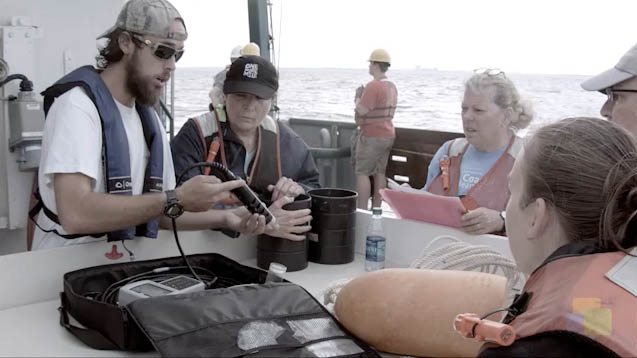
Listen as science teacher Lauren Watson explains how marine field experiences are translated for the classroom.
This research is made possible by a grant from the Gulf of Mexico Research Initiative (GoMRI/C-IMAGE II).
This research is made possible by a grant from the NOAA Gulf of Mexico BWET program.
Download the CPALMS Perspectives video student note taking guide.
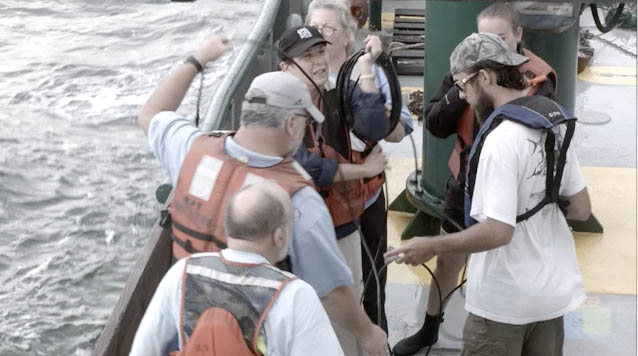
Listen as science teacher Patty Smukall recounts past and present marine field experiences and how they affect teaching practices back in the classroom.
This research is made possible by a grant from the Gulf of Mexico Research Initiative (GoMRI/C-IMAGE II).
This research is made possible by a grant from the NOAA Gulf of Mexico BWET program.
Download the CPALMS Perspectives video student note taking guide.
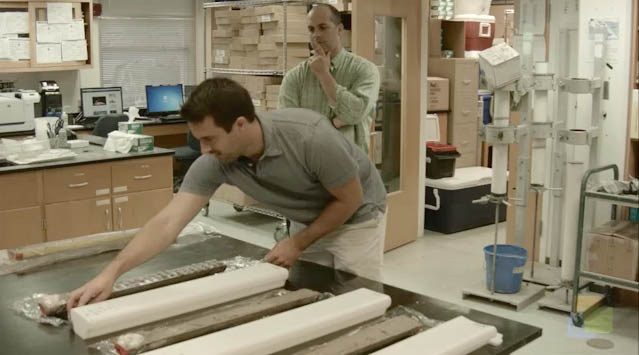
Watch as Brad Rosenheim, a geological oceanographer, explains how modern technology and sampling methods are used for sea level research. Video funded by NSF grant #: OCE-1502753.
Download the CPALMS Perspectives video student note taking guide.

Watch as Don Chambers explains the role of satellites in measuring the mass of ice sheets and the connections between ice sheet mass changes and sea level. Video funded by NSF grant #: OCE-1502753.
Download the CPALMS Perspectives video student note taking guide.

In this video, Don Chambers explains how satellite technology is essential for assessment of sea level changes. Video funded by NSF grant #: OCE-1502753.
Download the CPALMS Perspectives video student note taking guide.
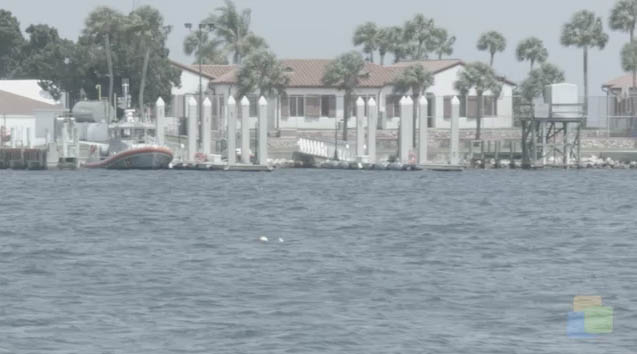
Physical oceanographer Gary Mitchum explains how and why tide gauges and satellites are useful for understanding sea level changes. Video funded by NSF grant #: OCE-1502753.
Download the CPALMS Perspectives video student note taking guide.
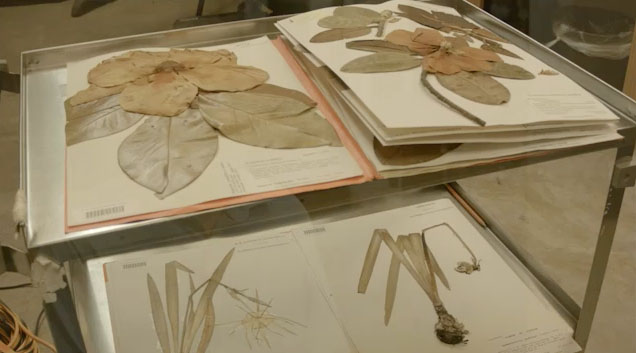
Listen as Dr. Austin Mast describes how and why an herbarium collects, maintains, and distributes plant samples for scientific research.
Download the CPALMS Perspectives video student note taking guide.

Listen closely as Dr. Austin Mast explains how students can help scientists by transcribing data from real herbarium plant samples.
Related Site:
Download the CPALMS Perspectives video student note taking guide.
![Cpalms [Logo]](/images/cpalms_color.png)




